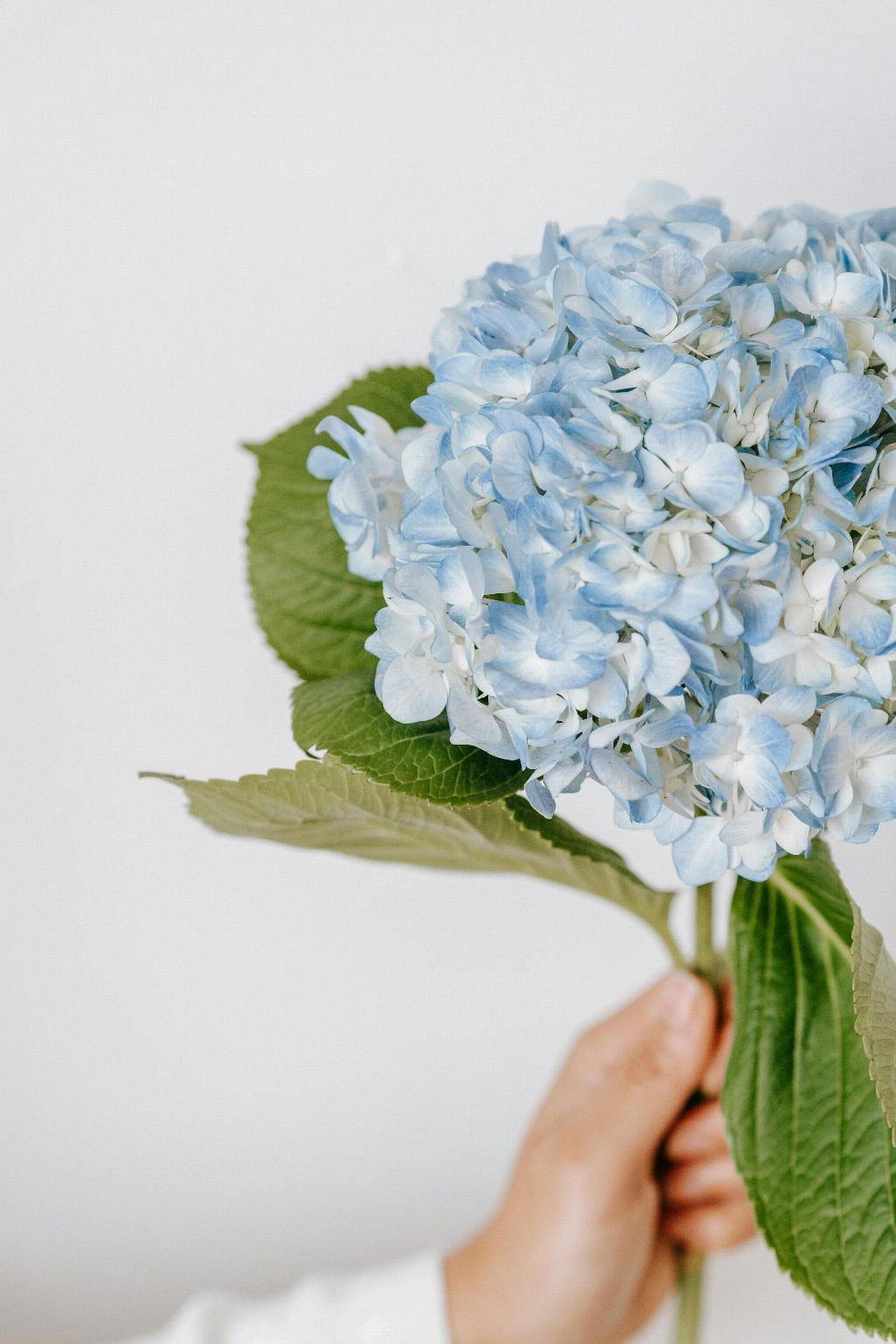Hydrangeas, with their delicate clusters of flowers in varying shades of pink, blue, and white, are cherished by gardeners for their beauty and charm. However, beyond their aesthetic appeal lies a fascinating relationship between these flowering shrubs and one of nature’s most important pollinators – bees.
Hydrangea Flowers and Bee Behavior
When it comes to hydrangea flowers, it’s not just the eye-catching blooms that attract bees. In fact, it’s the small and often overlooked fertile flowers that play a crucial role in enticing these buzzing insects. Despite their lack of showiness to human eyes, these fertile flowers emit scents and contain nectar that is irresistibly appealing to bees.
The Role of Fertile Flowers
Lacecap hydrangeas, in particular, showcase a unique floral structure with a central cluster of fertile flowers surrounded by showy infertile flowers. While the infertile blooms may be the ones that catch our attention, it is the discreet fertile flowers that hold the key to attracting bees. These tiny yet vital flowers provide bees with the nutrition they need to thrive and carry out their essential pollination duties.
Bees and Pollination
Bees play a crucial role in pollination, transferring pollen between flowers and enabling the reproduction of flowering plants. By visiting hydrangea flowers in search of nectar and pollen, bees inadvertently pick up pollen grains that they then carry to other flowers, facilitating the fertilization process and the production of seeds. This symbiotic relationship between bees and hydrangeas is not only beneficial for the plants but also essential for the ecosystem at large.
The Importance of Bees
Bees are not only valuable pollinators for hydrangeas but for a wide range of plant species, including many that humans rely on for food. Without bees, the process of pollination would be significantly hindered, leading to a decrease in biodiversity and a potential threat to food security. Therefore, the presence of bees in our gardens, buzzing from flower to flower, is a sign of a healthy and thriving ecosystem.
Hydrangeas and Biodiversity
By attracting bees with their fertile flowers and providing them with a source of food and nourishment, hydrangeas contribute to the overall biodiversity of the environment. In addition to bees, other pollinators such as butterflies and hummingbirds may also visit hydrangea blooms, further enriching the ecological tapestry of the garden.
Creating a Bee-Friendly Garden
For gardeners looking to support bee populations and promote pollination in their outdoor spaces, planting hydrangeas can be a beneficial choice. By cultivating a variety of flowering plants that attract bees, such as hydrangeas, lavender, and sunflowers, gardeners can create a bee-friendly environment that sustains these vital pollinators and enhances the beauty of their landscapes.
Observing Bees in Action
Next time you find yourself admiring the blooms of a hydrangea bush, take a moment to observe the bees that may be buzzing around it. Watch as they delicately collect nectar and pollen, transferring vital nutrients from flower to flower. Witnessing this interaction between bees and hydrangeas offers a glimpse into the intricate workings of nature and the interconnectedness of all living beings.
Supporting Bee Populations
As bees face challenges such as habitat loss, pesticide exposure, and climate change, it is more important than ever to support bee populations and create environments where they can thrive. By planting bee-friendly flowers like hydrangeas and taking steps to protect pollinators, we can help ensure a sustainable future for these essential insects and the ecosystems they support.
The Beauty of Bee-Hydrangea Interaction
The relationship between bees and hydrangeas is a testament to the beauty and complexity of the natural world. As bees gracefully navigate the petals of hydrangea flowers, they not only fulfill their own needs for sustenance but also contribute to the health and vitality of the plant. This harmonious dance between bees and hydrangeas serves as a reminder of the interconnectedness of all living organisms and the importance of preserving biodiversity.
In Conclusion
In conclusion, bees indeed like hydrangeas, drawn to the subtle yet alluring fertile flowers that provide them with essential resources for survival and enable the pollination of these beloved garden plants. By appreciating the role of bees in our ecosystems and creating bee-friendly habitats in our own gardens, we can support these vital pollinators and cultivate a deeper connection to the natural world.

